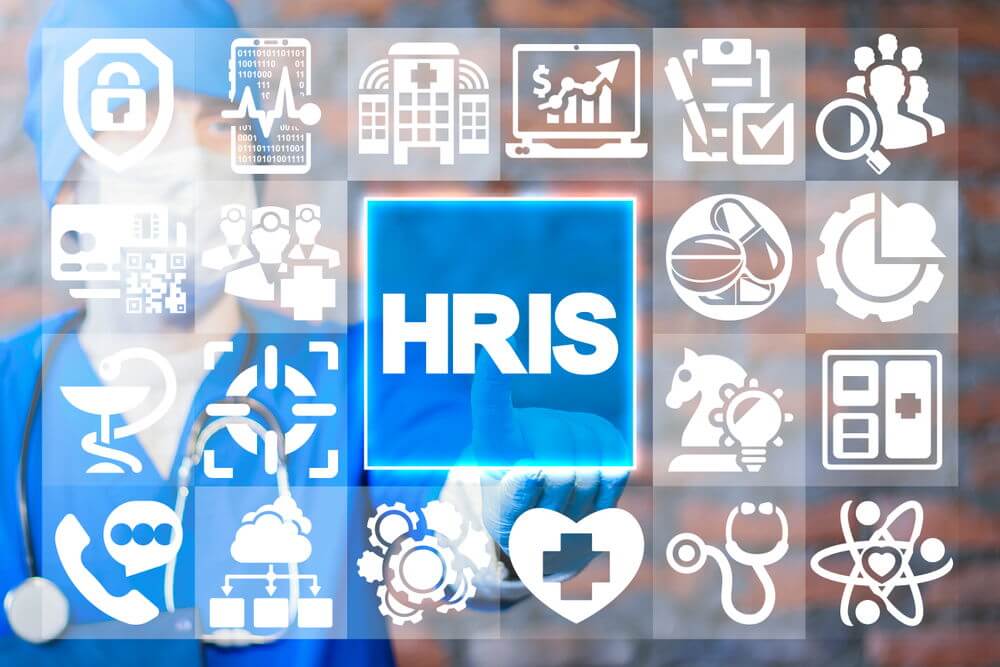Small and medium-sized enterprises (SMEs) often grapple with the challenge of managing their human resources efficiently. In an era where time and resources are precious commodities, investing in the right tools becomes imperative. Enter Affordable HRIS Systems – the game-changer for businesses seeking to streamline their HR operations without breaking the bank.

Introduction to Affordable HRIS SystemsHRIS Systems
Human Resource Information Systems (HRIS) revolutionize the way businesses manage their workforce. These integrated software solutions automate and streamline HR processes, ranging from payroll management to performance evaluation. As technology continues to advance, the role of HRIS systems becomes increasingly pivotal in driving organizational success.
Benefits of HRIS Systems
The allure of affordable HRIS systems lies in their ability to deliver substantial benefits at a fraction of the cost associated with traditional HR management methods. These systems offer:
- Cost-effectiveness: By automating repetitive tasks and reducing manual errors, HRIS systems help businesses cut down on operational costs significantly.
- Time-saving features: From automated leave management to seamless onboarding processes, HRIS systems free up valuable time for HR professionals to focus on strategic initiatives.
- Enhanced data accuracy: By centralizing employee data in a secure database, HRIS systems minimize the risk of discrepancies and ensure compliance with regulatory requirements.
Key Features to Look for in Affordable HRIS Systems
While affordability is a primary consideration, it’s crucial to ensure that the chosen HRIS system offers essential features such as:
- Employee self-service portals: Empowering employees to update personal information, access pay stubs, and submit leave requests fosters greater autonomy and efficiency.
- Payroll management: Accurate and timely payroll processing is non-negotiable for any business. Look for HRIS systems that offer robust payroll management capabilities.
- Attendance tracking: Whether through biometric devices or mobile applications, reliable attendance tracking features help businesses monitor employee attendance and enforce policies effectively.
- Performance management tools: Performance appraisal modules facilitate objective evaluations and provide valuable insights for employee development.
Top Affordable HRIS Systems in the Market
Several HRIS systems cater to the needs of small businesses, offering a comprehensive suite of features at affordable price points. Some notable contenders include:
- BambooHR: Known for its user-friendly interface and customizable dashboards, BambooHR is a popular choice among SMEs.
- Zenefits: Zenefits stands out for its all-in-one HR platform, encompassing everything from payroll and benefits administration to time tracking.
- Gusto: With its intuitive design and seamless integration with third-party applications, Gusto simplifies HR tasks for businesses of all sizes.
How to Choose the Right Affordable HRIS System for Your Business
Selecting the ideal HRIS system requires careful consideration of several factors:
- Assessing business needs: Identify the specific HR challenges your business faces and prioritize features that address those pain points.
- Budget considerations: While affordability is crucial, focus on the long-term value proposition offered by the HRIS system rather than solely on upfront costs.
- Scalability and integration capabilities: Choose a solution that can grow with your business and seamlessly integrate with existing software applications.
Case Studies: Businesses Benefiting from Affordable HRIS Solutions
Real-life examples serve as compelling testimonials to the efficacy of affordable HRIS systems:
- Case Study 1: XYZ Inc.: By implementing BambooHR, XYZ Inc. reduced HR administrative tasks by 30% and achieved a 95% employee satisfaction rate.
- Case Study 2: ABC Enterprises: Zenefits helped ABC Enterprises streamline its onboarding process, resulting in a 50% reduction in new hire paperwork errors.
Common Challenges and Solutions in Implementing HRIS Systems
While the benefits of HRIS systems are undeniable, businesses may encounter challenges during the implementation phase:
- Data migration issues: Thorough planning and data validation processes can mitigate risks associated with data migration.
- User adoption challenges: Providing comprehensive training and ongoing support encourages employees to embrace the new HRIS system enthusiastically.
Future Trends in Affordable HRIS Systems
As technology continues to evolve, affordable HRIS systems are poised to embrace several future trends:
- Integration with AI and machine learning: Predictive analytics and AI-driven insights will enhance decision-making capabilities for HR professionals.
- Mobile-friendly solutions: Mobile applications will play a pivotal role in enabling anytime, anywhere access to HRIS functionalities.
Conclusion
In conclusion, affordable HRIS systems offer SMEs a cost-effective means of optimizing their HR operations. By investing in the right HRIS solution and leveraging its capabilities effectively, businesses can unlock new levels of efficiency, accuracy, and employee satisfaction.
FAQs
- Are affordable HRIS systems suitable for large enterprises?
- While designed with small businesses in mind, many affordable HRIS systems offer scalability and customization options that cater to the needs of larger enterprises as well.
- Can I integrate an affordable HRIS system with my existing accounting software?
- Yes, most affordable HRIS systems offer seamless integration with popular accounting software solutions, ensuring smooth data flow between HR and finance departments.
- How long does it typically take to implement an HRIS system?
- The implementation timeline varies depending on factors such as the complexity of the system and the readiness of the organization. On average, implementation can take anywhere from a few weeks to several months.
- Are affordable HRIS systems compliant with data protection regulations?
- Yes, reputable HRIS vendors prioritize data security and compliance with regulations such as GDPR and CCPA. Be sure to inquire about the vendor’s security measures and data protection policies before making a decision.
- What ongoing support options are available for users of affordable HRIS systems?
- Most HRIS vendors offer a range of support options, including online tutorials, helpdesk support, and dedicated account managers. Choose a vendor that provides comprehensive support tailored to your business needs.






